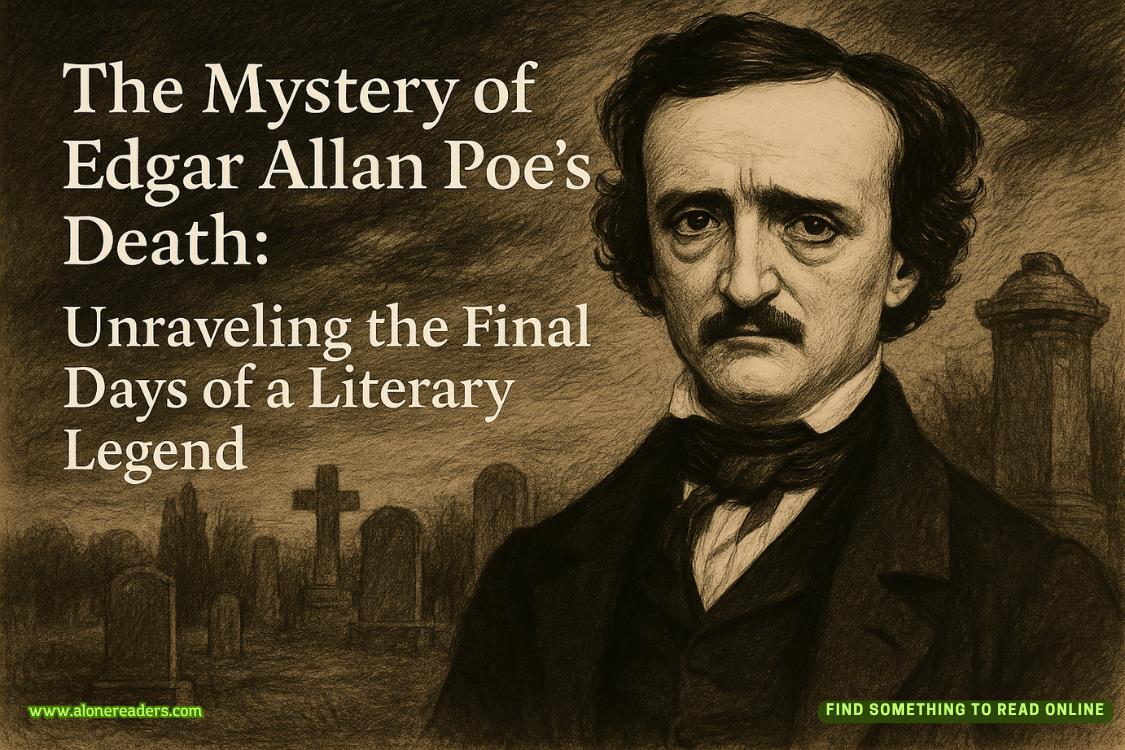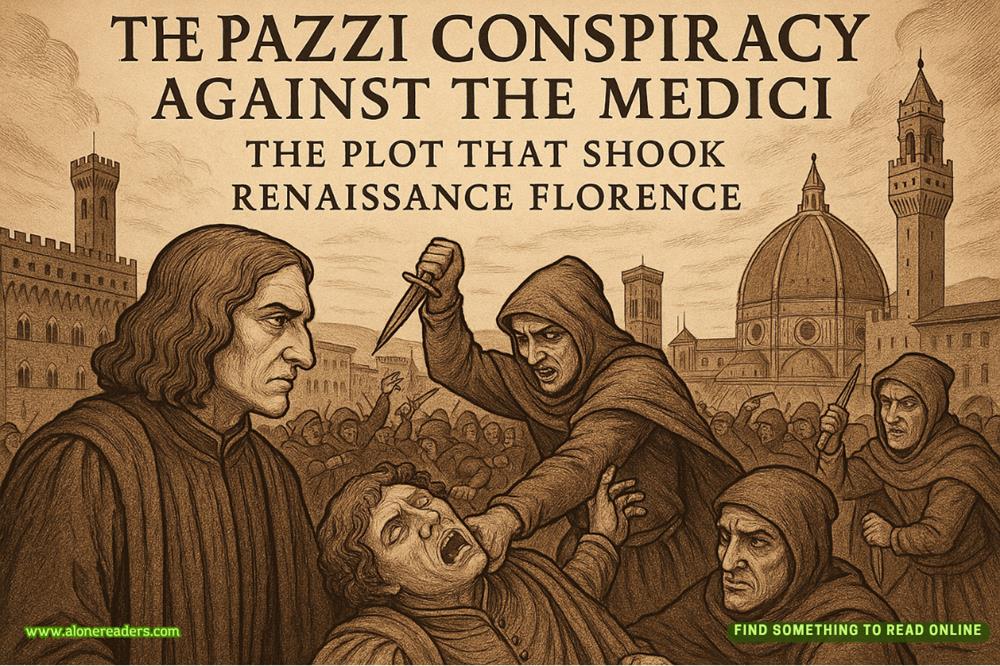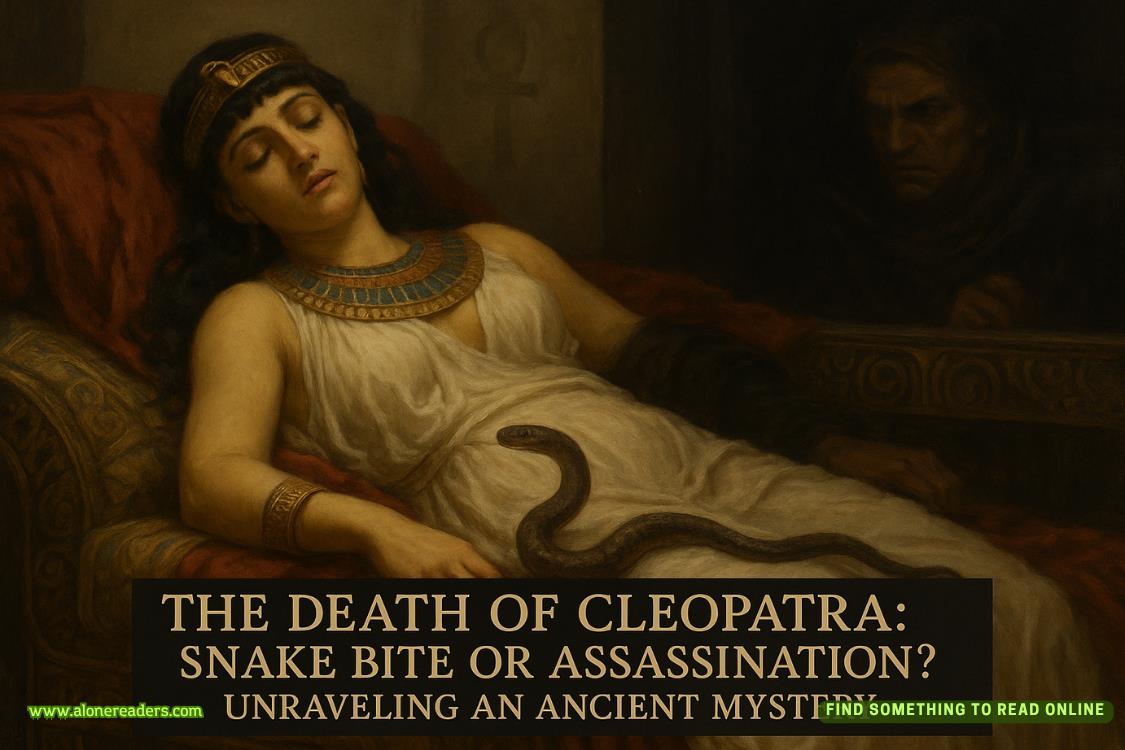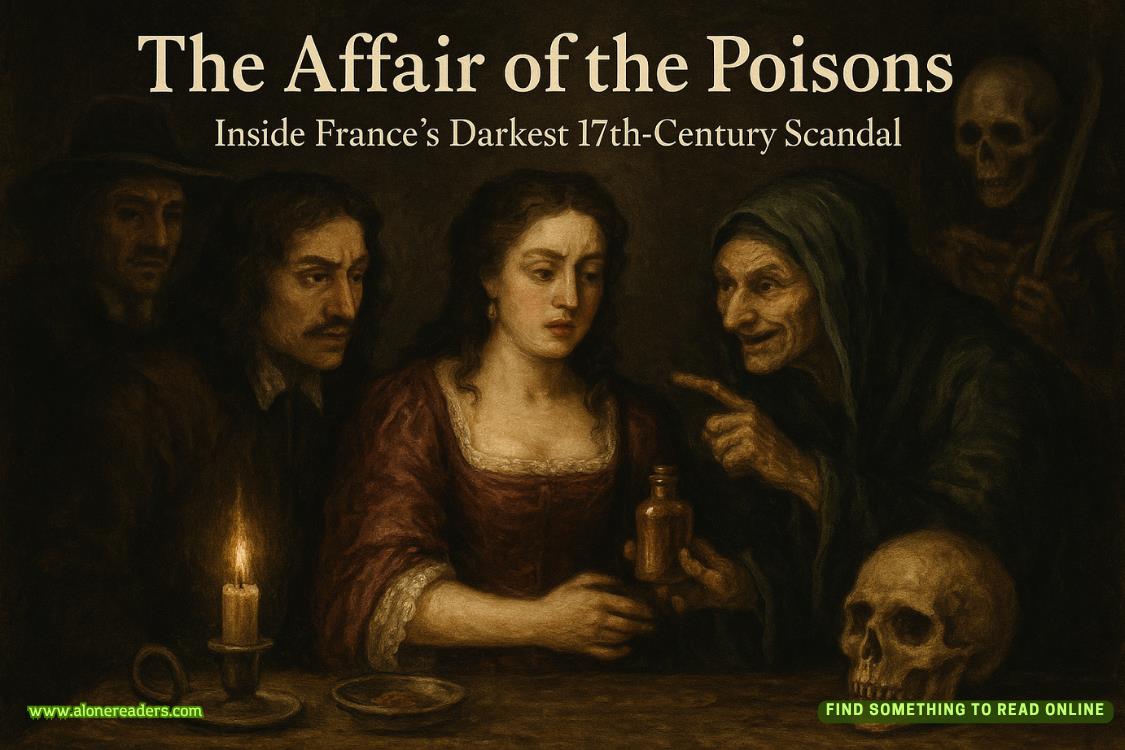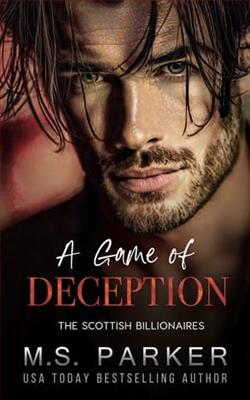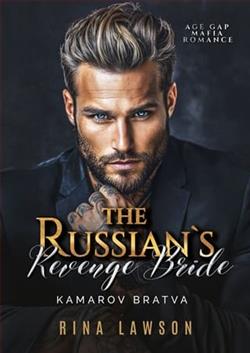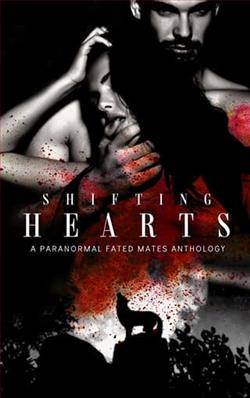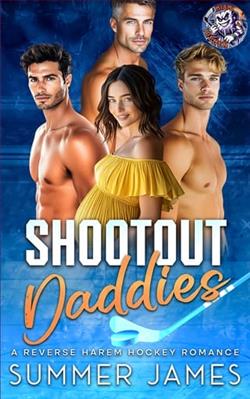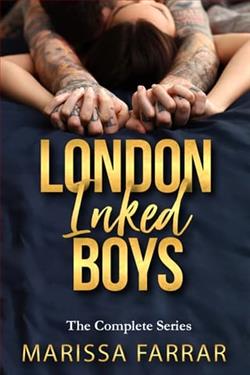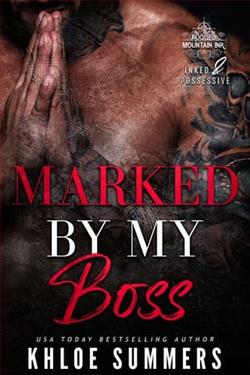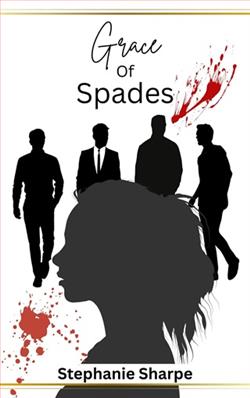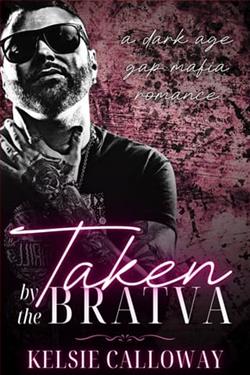INTRODUCTION
ABOUT THIS BOOK
Fantastic Beasts and Where to Find Them represents the fruit of many years’ travel and research. I look back across the years to the seven-year-old wizard who spent hours in his bedroom dismembering Horklumps and I envy him the journeys to come: from darkest jungle to brightest desert, from mountain peak to marshy bog, that grubby Horklump-encrusted boy would track, as he grew up, the beasts described in the following pages. I have visited lairs, burrows, and nests across five continents, observed the curious habits of magical beasts in a hundred countries, witnessed their powers, gained their trust and, on occasion, beaten them off with my travelling kettle.
The first edition of Fantastic Beasts was commissioned back in 1918 by Mr. Augustus Worme of Obscurus Books, who was kind enough to ask me whether I would consider writing an authoritative compendium of magical creatures for his publishing house. I was then but a lowly Ministry of Magic employee and leapt at the chance both to augment my pitiful salary of two Sickles a week and to spend my holidays travelling the globe in search of new magical species. The rest is publishing history: Fantastic Beasts is now in its fifty-second edition.
This introduction is intended to answer a few of the most frequently asked questions that have been arriving in my weekly postbag ever since this book was first published in 1927. The first of these is that most fundamental question of all – what is a “beast”?
WHAT IS A BEAST?
The definition of a “beast” has caused controversy for centuries. Though this might surprise some first-time students of Magizoology, the problem might come into clearer focus if we take a moment to consider three types of magical creature.
Werewolves spend most of their time as humans (whether wizard or Muggle). Once a month, however, they transform into savage, four-legged beasts of murderous intent and no human conscience.
The centaurs’ habits are not humanlike; they live in the wild, refuse clothing, prefer to live apart from wizards and Muggles alike, and yet have intelligence equal to theirs.
Trolls bear a humanoid appearance, walk upright, may be taught a few simple words, and yet are less intelligent than the dullest unicorn, and possess no magical powers in their own right except for their prodigious and unnatural strength.
We now ask ourselves: which of these creatures is a “being” – that is to say, a creature worthy of legal rights and a voice in the governance of the magical world – and which is a “beast”?
Early attempts at deciding which magical creatures should be designated “beasts” were extremely crude.
Burdock Muldoon, Chief of the Wizards’ Council1 in the fourteenth century, decreed that any member of the magical community that walked on two legs would henceforth be granted the status of “being,” all others to remain “beasts.” In a spirit of friendship he summoned all “beings” to meet with the wizards at a summit to discuss new magical laws and found to his intense dismay that he had miscalculated. The meeting hall was crammed with goblins who had brought with them as many two-legged creatures as they could find. As Bathilda Bagshot tells us in A History of Magic:
Little could be heard over the squawking of the Diricawls, the moaning of the Augureys, and the relentless, piercing song of the Fwoopers. As wizards and witches attempted to consult the papers before them, sundry pixies and fairies whirled around their heads, giggling and jabbering. A dozen or so trolls began to smash apart the chamber with their clubs, while hags glided about the place in search of children to eat. The Council Chief stood up to open the meeting, slipped on a pile of Porlock dung and ran cursing from the hall.
As we see, the mere possession of two legs was no guarantee that a magical creature could or would take an interest in the affairs of wizard government. Embittered, Burdock Muldoon forswore any further attempts to integrate non-wizard members of
the magical community into the Wizards’ Council.
Muldoon’s successor, Madame Elfrida Clagg, attempted to redefine “beings” in the hope of creating closer ties with other magical creatures. “Beings,” she declared, were those who could speak the human tongue. All those who could make themselves understood to Council members were therefore invited to join the next meeting. Once again, however, there were problems. Trolls who had been taught a few simple sentences by the goblins proceeded to destroy the hall as before. Jarveys raced around the Council’s chair legs, tearing at as many ankles as they could reach. Meanwhile a large delegation of ghosts (who had been barred under Muldoon’s leadership on the grounds that they did not walk on two legs, but glided) attended but left in disgust at what they later termed “the Council’s unashamed emphasis on the needs of the living as opposed to the wishes of the dead.” The centaurs, who under Muldoon had been classified as “beasts” and were now under Madame Clagg defined as “beings,” refused to attend the Council in protest at the exclusion of the merpeople, who were unable to converse in anything except Mermish while above water.
